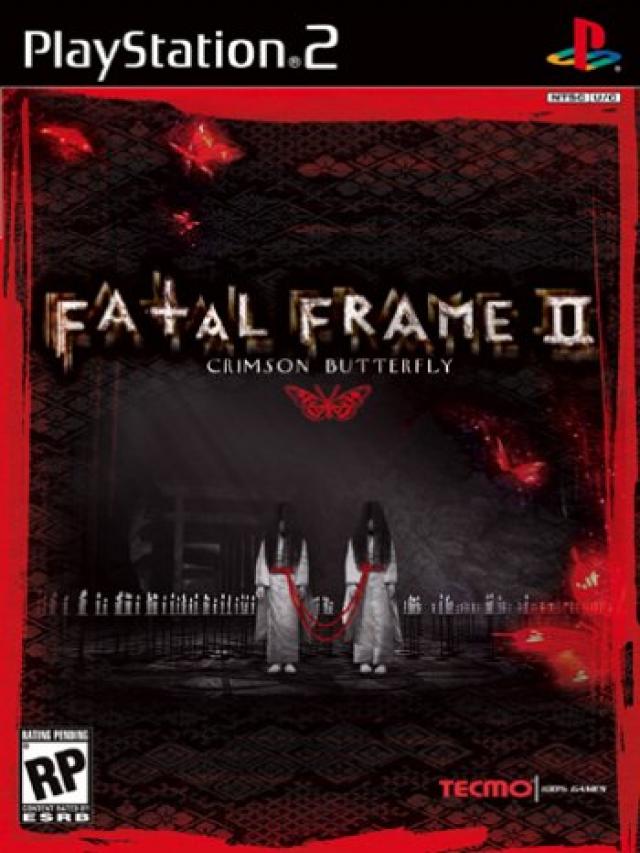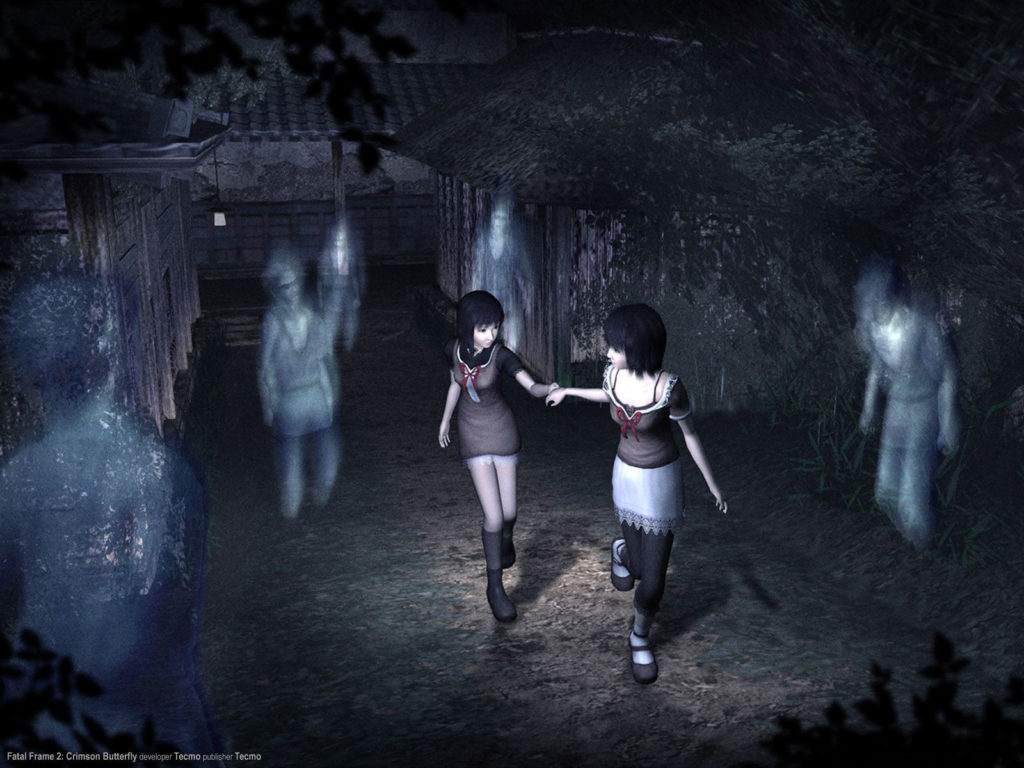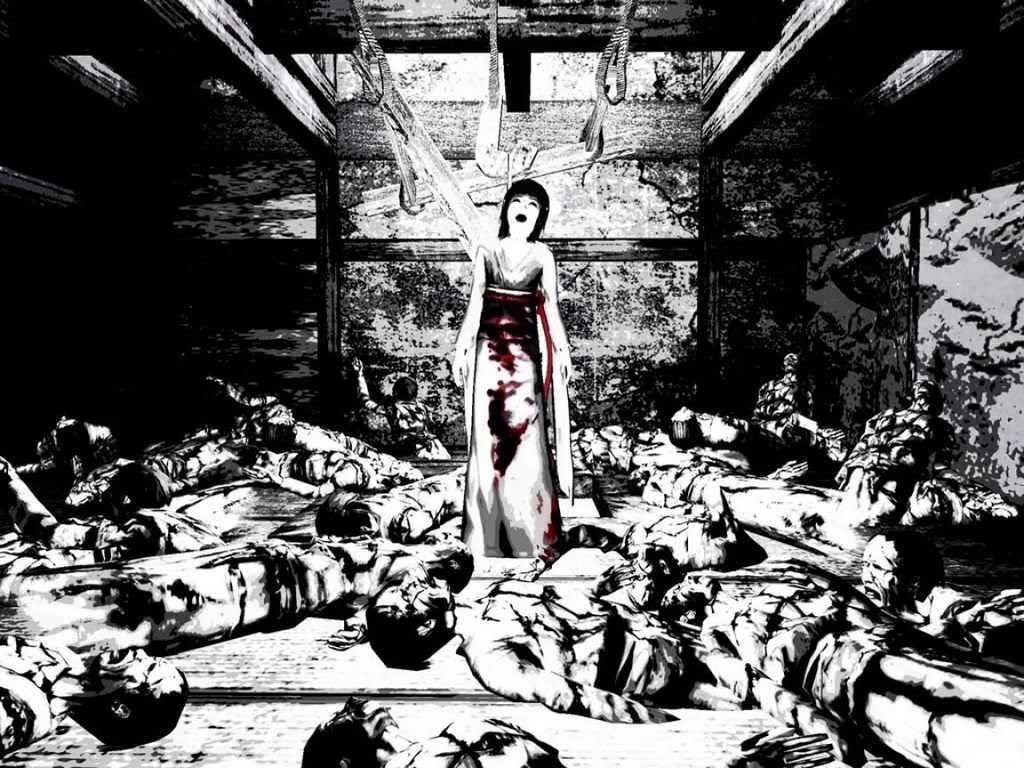 Growing up, I never would have called myself a horror fan. I liked creepy, gothy things, but horror? No, thanks. I was never into the blood and guts and just avoided it for the most part, even as I loved every second of all things creepy. For me there was a line between creepy and horror, and that line was gore.
Growing up, I never would have called myself a horror fan. I liked creepy, gothy things, but horror? No, thanks. I was never into the blood and guts and just avoided it for the most part, even as I loved every second of all things creepy. For me there was a line between creepy and horror, and that line was gore.
The moment that the character is stabbed is not the moment horror is born. Horror walks the line of suspense, keeping the entire world of the story contained within a tightly coiled spring. The moment the monster appears, attacks, maims, etc — that’s the moment the spring comes undone, and then (if it’s not the climax) the spring begins to coil back down, ready to leap again.
The scare doesn’t come from violence. The scare comes from a delicate rhythm of tension and release, of the unknown threat or unseen danger finally being realized. In horror, sometimes the most powerful jolts are based on the things you don’t see or don’t expect. It’s jarring.
But that jolt alone does not a horror story make. The best analogy I heard is that one spark does not start a fire unless there’s something surrounding it to catch flame. A single moment won’t set the way for a horror story unless you’ve done the work and set the rest of the scene.
The moment I realized horror was something I loved came from a video game, Fatal Frame II: Crimson Butterfly.
Featuring Mio and Mayu, twin sisters trapped in a lost village, the game was a masterclass in building atmosphere. In one of the first cutscenes of the game, Mio is looking worriedly at the dilapidated structures when her sister touches her shoulder to comfort her. Mio holds her hand and then the camera shows Mayu walking by, nowhere near the hand on her shoulder. It’s a chilling moment that sets up what more will come in the village.

In Fatal Frame, you battle the ghosts by using the camera obscura. Your only means of defense is a camera, which forces the player from third person point of view to first-person point of view. The shift means the ghosts are harder to find and feel much more threatening.
The entire village contains an eerie feel and that feeling of dread only deepens as you learn more about what happened to this cursed village and what fate may await you and your sister.
I played through the whole game in one night because I just couldn’t put the controller down. The scares didn’t feel cheap or forced (aside from the peak-a-boo kid!), and the story and the scares fed organically into each other, building something tinged with tension and fear, not disgust. While some of the ghosts had rather gruesome fates, the game itself didn’t draw these out to be excessively gory. Even the main antagonist, who wears a kimono soaked with blood, builds atmosphere more than just adding blood and guts.

Fatal Frame opened my eyes to the subtlety of horror and proved to me I did love the dark. It gave me permission to say “I love horror!” without feeling the need to add caveats. Horror isn’t about the blood and guts, it’s about the journey through the woods in the dead of night.

No Comments